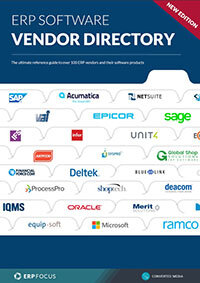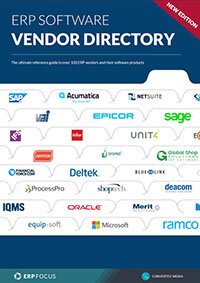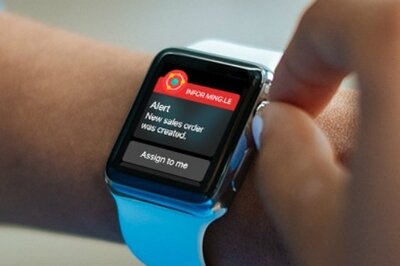ERP in the Eye of the Beholder: Ramco Makes the Leap to Wearables
Anyone who knows me understands that I find new technology fascinating. Its not so much that I particularly love the whirring, blinking, buzzing, data-packing and reporting associated with the discipline, but more about what new technologies can do ‘for us’, or more regularly, ‘to us’. This sensitivity immediately came to mind recently when reading a press release on ERP wearable technology from India’s Ramco, one of the more interesting international ERP providers associated with today’s global market.
In the release, the Southeast Asian operation was touting the fact that its cloud-based ERP systems were no longer limited to integrating workstations, laptops, tablets and smartphones. Ramco have decided to make the leap to wearables, by integrating its ERP suite with Google Glass, and doubled-down further, by integrating smart watches to boot. Now as I said at the outset, I love new technology – but really; and more importantly, why are they making the move to ERP wearable technology?
According to Ramco’s CEO Virender Aggarwal, “Globally, there is a shift in the way ERP applications are being consumed. The era of seeing ERP as a ‘system of record’ is passé. Enterprises are looking for IT applications to solve business problems. Our platform based approach to building ERP has enabled us to launch solutions on wearables and integrate with (an) in-memory based engine to deliver business value to users. This is the future and we are among the forerunners in this game.”
Investigating The "Why"
Now, while I appreciated Mr. Aggarwal’s sentiments, and at the risk of appearing to be overly skeptical, I still needed a better answer to the ‘why’ question. This puzzlement caused me to do even more research on the company’s products, what it did in what markets, where the company was making most of its business traction and ‘why’ it saw an ability to utilize ERP wearable technology integrations as a blessing as opposed to a curse.
Ultimately I came to *a blog post offered by eNidhi and suddenly things became a bit clearer. As it happens Ramco is currently doing most of its revenue activity in the commercial aviation segment, and its ERP systems apply inventory and schedule-based resources processes that offer the potential of faster aircraft maintenance and systems service turnarounds.
“Ramco arms global airline engineering crew with Google Glass devices and smart watches,” said Ramco’s VP Technology Srinivasan R . “Even as the airplane is entering its bay, the crew gets a list of to-do items before the next flight. Even before passengers disembark, replacement parts or software upgrades are ready”
Therefore, based on Mr. Srinivasan’s comments the ultimate goal of the Google Glass/Smart Watch ERP integration is being driven by an interest in reducing necessary cycle times between scheduling an event, accessing and delivering one or more needed parts or systems to an operator’s maintenance shop, followed by direct visual support of overall end to end schedule management.
A Technology to Far?
Now, as I have said twice in this piece, I love new technology; but to be fair, can’t a competent ERP manager equipped with a tablet or smartphone get the same job done for a hell of a lot less integration work? Call me old school, but to paraphrase British General Fredrick Browning commenting after the failed ‘Market Garden’ effort in 1944, perhaps Ramco’s ERP wearable technology may be just, ‘a technology too far’ in the real world.
Free white paper

ERP Software Vendor Directory
Put the most comprehensive ERP vendor directory on your desk today

Related articles
-

Infor expands ERP BI tools with Ming.le Apple Watch app
ERP software provider Infor has released Apple Watch versions of its Infor Ming.le and Infor Busi...
-

Secret KPI: Why Your ERP Implementation Team Matters More Than Software
Learn how Godlan ensures successful ERP implementation for manufacturers with proven strategies &...

